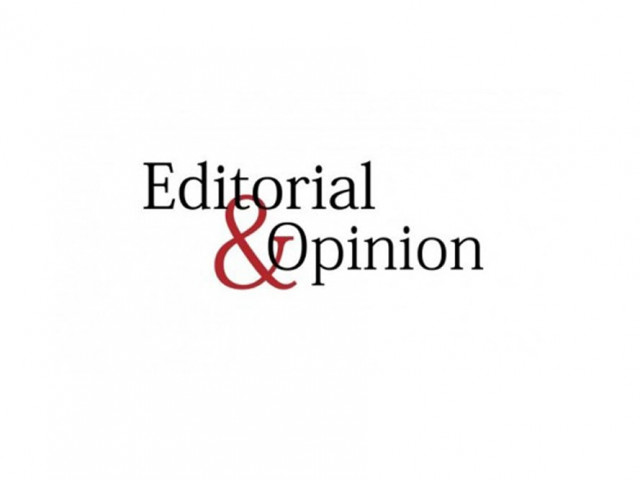.
Fall in poverty but no rise in standard of living! Doesn’t that sound paradoxical? This assessment from World Bank on Pakistan’s socio-economic situation is indeed confusing. Let’s have a look at this assessment — contained in the Bank’s flagship annual report ‘Pakistan Development Update’ released on Tuesday — with all its details.
The international lender claims that Pakistan’s poverty rate has decreased to 22.2 per cent and would sink further to pre-Covid levels this year, simultaneously mentioning that the country’s current economic growth rate is not enough to reduce poverty and improve the living standard. What answers this paradox is the Bank’s admission that the poverty reduction assessment is based on a simulation exercise, that too on consumption data from 2019. While this underscores the emergent need for latest credible data, let’s leave it here and move on to the Bank’s forecast on the growth rate.
As the World Bank sees it, Pakistan’s GDP growth rate is projected at around 3% for the current fiscal year, which is very low for a developing country. The low growth projection, according to the Bank, is directly attributed to catastrophic floods, which in the past have submerged farmland, destroyed infrastructure and shattered livelihoods, and will likely occur at regular intervals for many years to come.
To navigate these turbulent waters and reach any level of prosperity, the country must build an economy that is not only productive but also resilient enough to withstand the next inevitable shock. Progress requires the government to redouble its commitment to its reform agenda, including its tax and tariff policies, privatisation of non-performing state-owned enterprises, and investment in climate-resilient infrastructure.
The government also has to stop depending on remittances to carry the economy, because remittances are at best a lifeline, but at worst, a crutch that keeps the country from realising its true potential by depriving it of skilled workers. The policymakers need to take steps to break the cycle of rebuilding after every disaster.
Images are for reference only.Images and contents gathered automatic from google or 3rd party sources.All rights on the images and contents are with their legal original owners.

